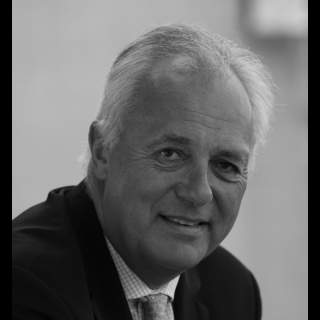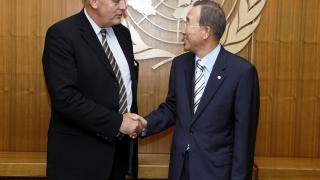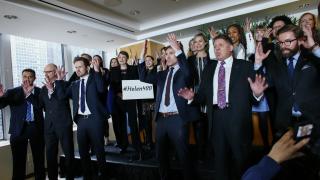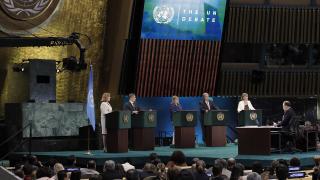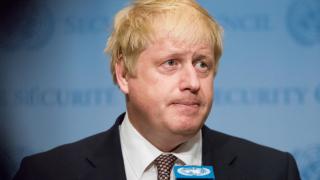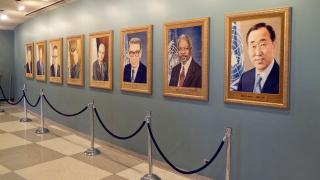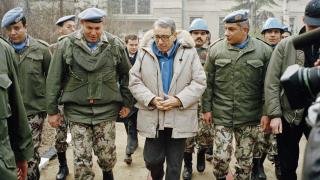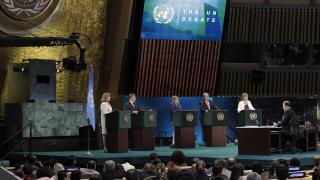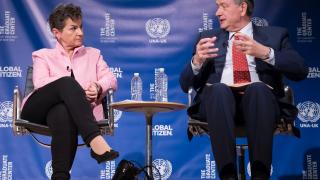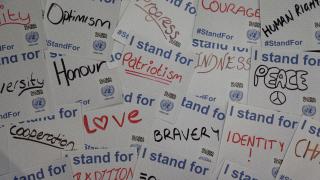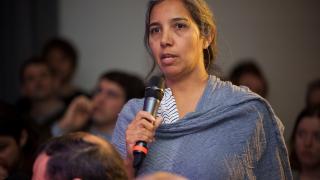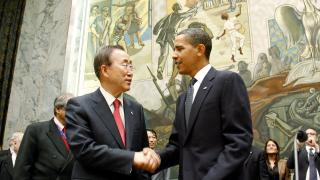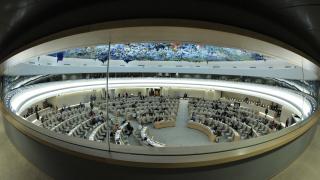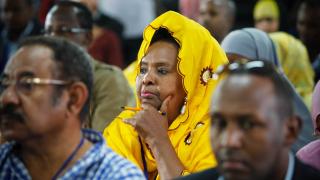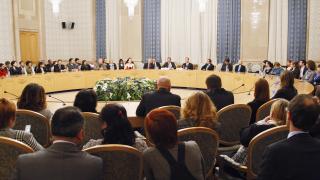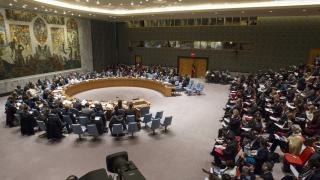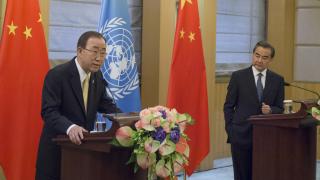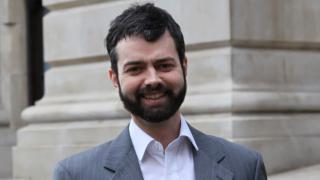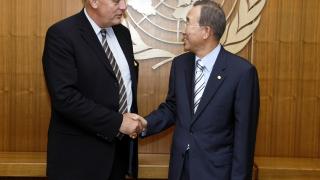
For politicians elected with a mandate derived from their manifesto, the first 100 days are a frenetic burst of activity intended to put early momentum behind its enactment. A new Secretary-General (SG) is in a different position. She, or he, has been chosen as the consensus candidate best able to bridge differences between member states – and must work with whatever elusive alignment of interests can be found to nudge the organisation forward. She is not a politician with an election victory under their belt but a civil servant with 193 stroppy masters.
The best SGs have eventually escaped that cage and gone over the heads of ambassadors, and sometimes even their presidents, to win the equivalent of a popular global mandate. Both Kofi Annan and Dag Hammarskjöld fit this model but it took time to create that trust and authority. First they quietly built their standing within the UN community and then they reached wider.
The more open nature of the selection process this time around (which UNA‑UK played a key role in securing) may give the new SG a bit more independence and authority, at least initially, but the cautious nature of the answers in the General Assembly candidate hearings shows they are still officials cramped by the contradictory demands of their complex constituency rather than red‑blooded politicians campaigning for a majority.
So the SG’s first 100 days must lay the seeds for the 117 months that are likely to follow if the practice of two five‑year terms is maintained. This is a marathon not a sprint.
Even if an SG does not have the privilege of a manifesto they should know their planned legacy before they start, bearing in mind that they will always be thrown off course and have to adjust. Here, then, is my ‘secret manifesto’ for the next SG.
First, win back the space. At the moment your organisation is micro‑ managed by governments. You have to arrive at a new bargain where, with your coaxing, they set the objectives for the UN but give you the freedom to manage the allocation of resources against those
objectives. They retain, of course, the power to hold you accountable for results.
Second, make the UN a 21st‑century organisation: networked and distributed rather than New York‑centric and multi‑ stakeholder, so that civil society, business, religious and social leaders can be at the table when they are part of the coalition to solve a problem.
Win back the space. At the moment your organisation is micro-managed by states. You have to arrive at a new bargain… And recover the UN’s place in peace and security.
Third, boost staff morale by opening up this exciting new way of working to them – at the moment many feel trapped and demoralised. In the longer term you need to restore meritocratic staff promotion, rescue it from political interference, and build a gender and geographically representative staff that is fit for the changing purposes of the organisation.
Fourth, recover the UN’s central place in international security. In recent years it’s been driven off this agenda and reduced to championing environmental and development issues. The world is a very dangerous place in 2016 because major global and regional powers cannot agree on very much. This can paralyse the Security Council but it should empower an SG to be the world’s foremost busybody, shamelessly poking her nose into other people’s business and forging solutions where others won’t.
Fifth, restore the other legs of the UN stool. On development and climate change the current SG has demonstrated formidable and imaginative convening power but the UN is struggling to live up to the operational implications. It needs to recognise that its role is as a convener, goad and measurer of results but that it is the financial power of others, notably private sector finance and innovation, which will close the gap between aspiration and result.
This is about more than letting the private sector get a foot in the door. It’s about what kind of world we want by 2030. One struggling under the burden of mass migration, environmental crises, and declining growth, or one that has embraced a future where these issues are met head on. An SG who can communicate these choices can literally change the world. It is an example of the potential power of the bully pulpit.
On the humanitarian side there remains unfinished business. Leadership is fragmented within the UN and beyond. When I was a young UN Refugee Agency field worker I helped lead the charge for UN agencies to do more on the ground because international NGOs were weak and local civil society organisations either weaker still or ciphers of unsympathetic governments. Now the UN could easily revert to the role of funder and standard‑setter because there are first‑class international and local implementing partners.
And on human rights, there has been a huge pushback, on the International Criminal Court, on the Responsibility to Protect and on individual country transgressions. The SG will need to support the authority and independence of the UN High Commissioner for Human Rights while keeping her distance, so as to protect the non‑political nature of the latter office.
There should be few limits on the SG’s ambitions for her 120 months. Like the Pope, she has an extraordinary platform to change the world. But she needs to square her cardinals – her ambassadors – first. So, SG, use those 100 days to win the friends and lay the strategy for the rest of your term. Be Aesop’s tortoise not his hare.
Photo: Secretary-General Ban Ki-moon (right) meets with Mark Malloch Brown, UK Minister for Foreign and Commonwealth Affairs, 2009. Copyright UN Photo/Paulo Filgueiras

